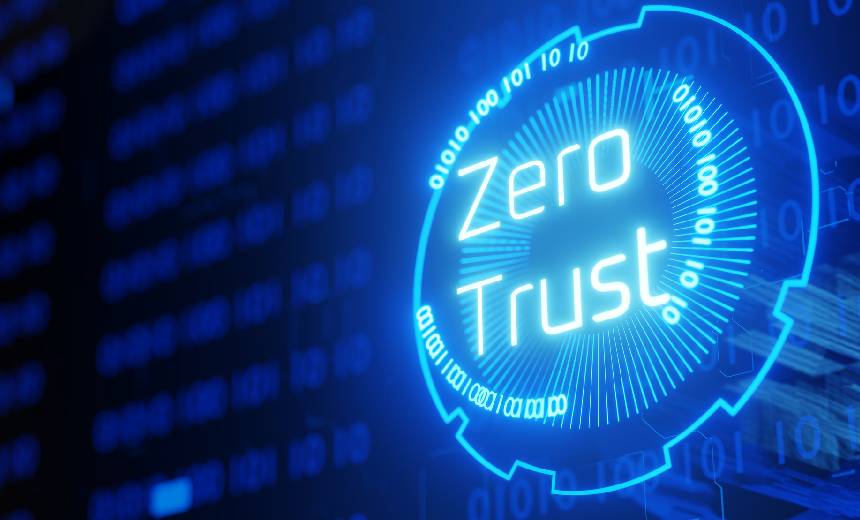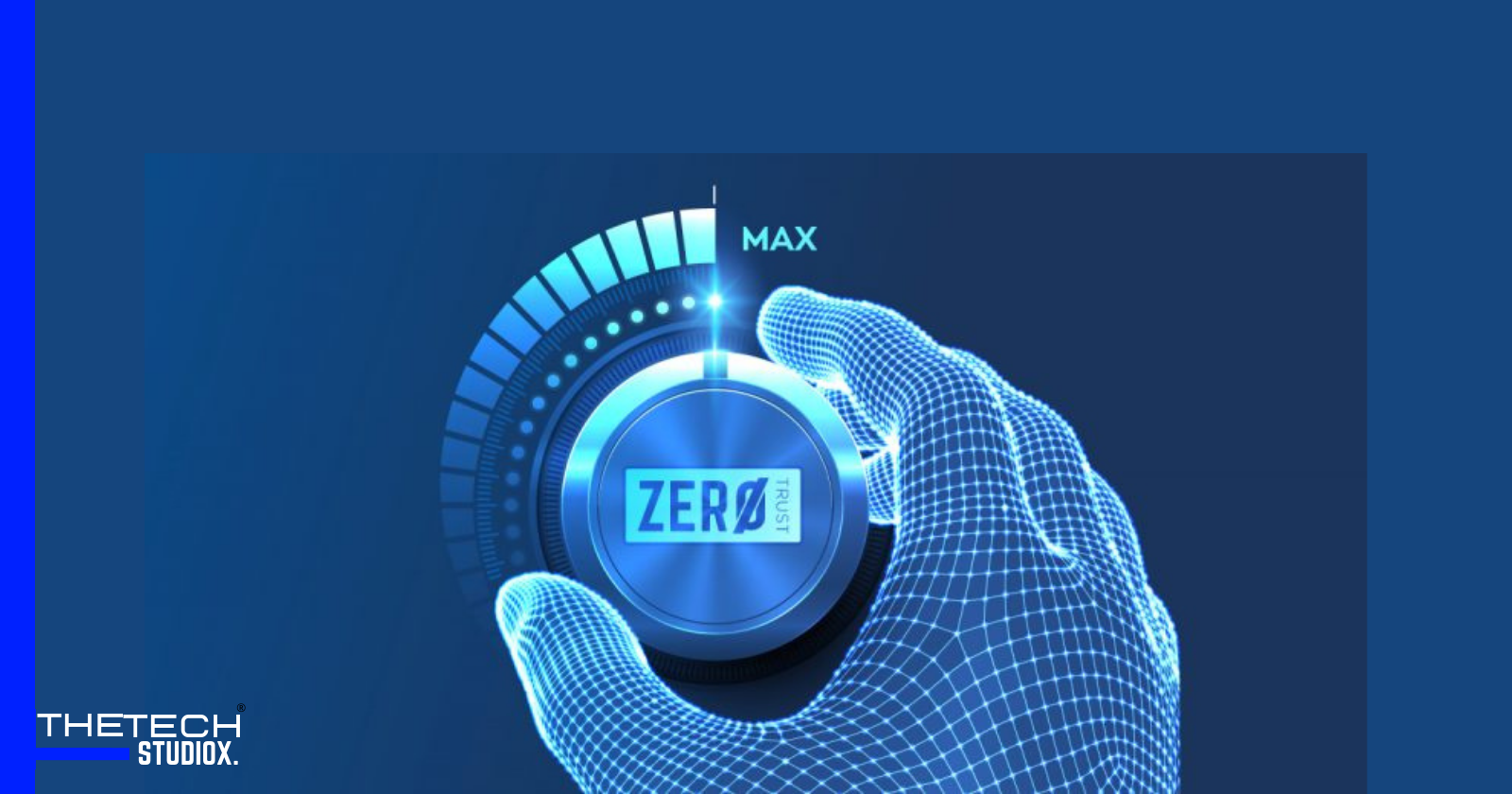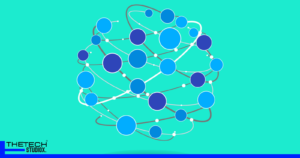Table of Contents
Introduction to AI Unleashes Zero Trust Paradigm
In the rapidly evolving landscape of cybersecurity, the concept of zero-trust security has gained significant traction. With the growing reliance on remote work, businesses are embracing this approach to ensure the safety of their data and networks. Artificial Intelligence (AI) plays a crucial role in empowering zero trust, enhancing security measures and user experiences. Let’s delve into the intricacies of zero-trust security and explore how AI makes it more robust.
Understanding Zero-Trust Security
Zero-trust security operates on the premise that every user, regardless of their device’s location concerning the network perimeter, must undergo continuous verification for access to a private network, application, or data. Unlike traditional security models that automatically trust users within the network perimeter, zero trust challenges this assumption.
Modern Challenges and the Need for Zero Trust
Traditional security models face challenges in the modern business landscape where data is dispersed across cloud platforms, and remote work has become the norm. The COVID-19 pandemic accelerated the shift to remote work, exposing vulnerabilities in single-layered security measures. The potential cost of a data breach, averaging $4.35 million globally and $9.44 million in the United States in 2022, underscores the urgency for additional security layers.

4 Principles of Zero Trust: A Deeper Dive.
1. Access Control for Devices
In the realm of zero trust, the principle of access control for devices takes center stage. Unlike traditional security, which often relies on perimeter defenses, zero trust continuously monitors and evaluates the devices attempting to access the network. This goes beyond merely recognizing the device; it involves a dynamic assessment of potential risks associated with each device.
The key objective is to determine if a device poses any security threats before granting access. This dynamic scrutiny allows organizations to adapt to the ever-changing threat landscape, ensuring that only trusted devices gain entry to sensitive networks or applications.
2. Multifactor Authentication
Multifactor authentication (MFA) is a cornerstone of zero-trust security, reinforcing the traditional username-password approach. In a zero-trust environment, users must provide additional proof of their identity beyond a password. This additional layer of verification significantly enhances the security posture.
For instance, users may be prompted to verify their identity through a secondary method, such as a unique PIN sent to a different device. This multifactor approach adds a crucial barrier for unauthorized access attempts, making it more challenging for malicious actors to compromise user accounts.
3. Continuous Verification
Zero trust challenges the notion of trusting users automatically once they are inside the network perimeter. Continuous verification, the third principle, ensures that every user, regardless of their location relative to the network, is continually monitored and verified. This ongoing scrutiny is vital for detecting any suspicious activities or changes in user behavior.
By adopting continuous verification, organizations can proactively identify and respond to potential security threats in real-time. This principle aligns with the dynamic nature of today’s business environments, where employees may access sensitive data from various locations and devices.
4. Microsegmentation
Microsegmentation is a strategic approach to network security within the zero-trust framework. Instead of relying on a blanket security measure for the entire network, microsegmentation involves dividing the network into smaller, isolated segments. Each segment has its own security controls, and users are granted access only to specific segments based on their roles and responsibilities.
This granular approach minimizes the lateral movement of cyber attackers within the network. Even if one segment is compromised, the rest of the network remains secure, preventing the escalation of a potential security breach. Microsegmentation adds a layer of complexity for attackers, making it more challenging to navigate through the network undetected.
In essence, the four principles of zero trust collectively create a security architecture that is dynamic, adaptive, and responsive to the evolving nature of cyber threats. By embracing these principles, organizations can establish a comprehensive defense strategy that goes beyond traditional models, providing a more resilient and secure environment for their digital assets.
3 Ways AI and ML Empower Zero Trust
Artificial Intelligence and Machine Learning contribute significantly to the effectiveness of zero-trust security, providing advanced capabilities and improving the overall user experience.
1. Provides Users With a Better Experience
While heightened security measures can sometimes impact user experience negatively, AI and ML step in to mitigate this issue. These technologies streamline access approval processes, reducing wait times for legitimate users who previously endured delays due to manual verification.
2. Creates and Calculates Risk Scores
Machine Learning leverages past experiences to generate real-time risk scores based on network, device, and relevant data. These scores aid in assessing the risk associated with user access requests, enabling informed decision-making.
Factors influencing risk scores include:
- Location and timestamp of the access request.
- Unusual access requests or unexpected changes in data access permissions.
- User details, such as department affiliation.
- Device information, including security, browser, and operating system.
3. Automatically Provides Access to Users
AI automates the access approval process by considering the generated risk score. This efficient automation saves valuable time for IT teams, who would otherwise need to manually verify and grant access for each request.
AI Making Zero Trust Better
In conclusion, the integration of AI and ML is indispensable for enhancing the efficacy of zero-trust security. While stringent security measures often come at the cost of user convenience, AI and ML strike a balance, providing companies and their clients with the advantages of both robust security and streamlined procedures.
FAQs
How does zero-trust security differ from traditional security models?
Zero-trust security challenges the automatic trust within the network perimeter, requiring continuous verification for all users, regardless of their location.
What are the key benefits of AI in zero-trust security?
AI enhances user experience, creates real-time risk scores, and automates access approval, contributing to a more efficient and secure environment.
How does microsegmentation contribute to zero-trust security?
Microsegmentation restricts user access to specific network segments, preventing cyber attackers from moving through and compromising the entire system.
What factors contribute to the calculation of risk scores in zero-trust security?
Risk scores consider the location and timestamp of access requests, unusual access patterns, user details, and device information.
How can companies balance security and user experience in a zero-trust environment?
AI and ML play a crucial role in striking a balance between robust security measures and providing a seamless user experience in a zero-trust framework.




